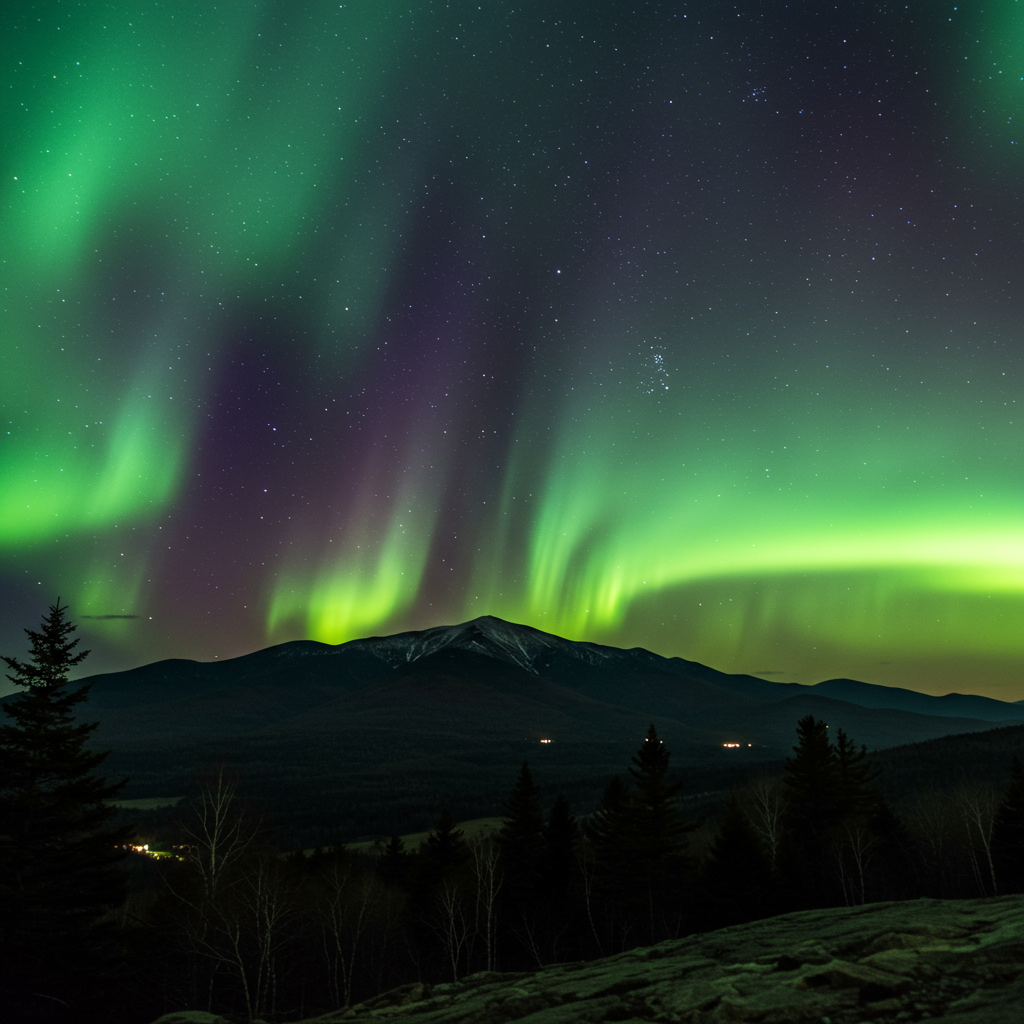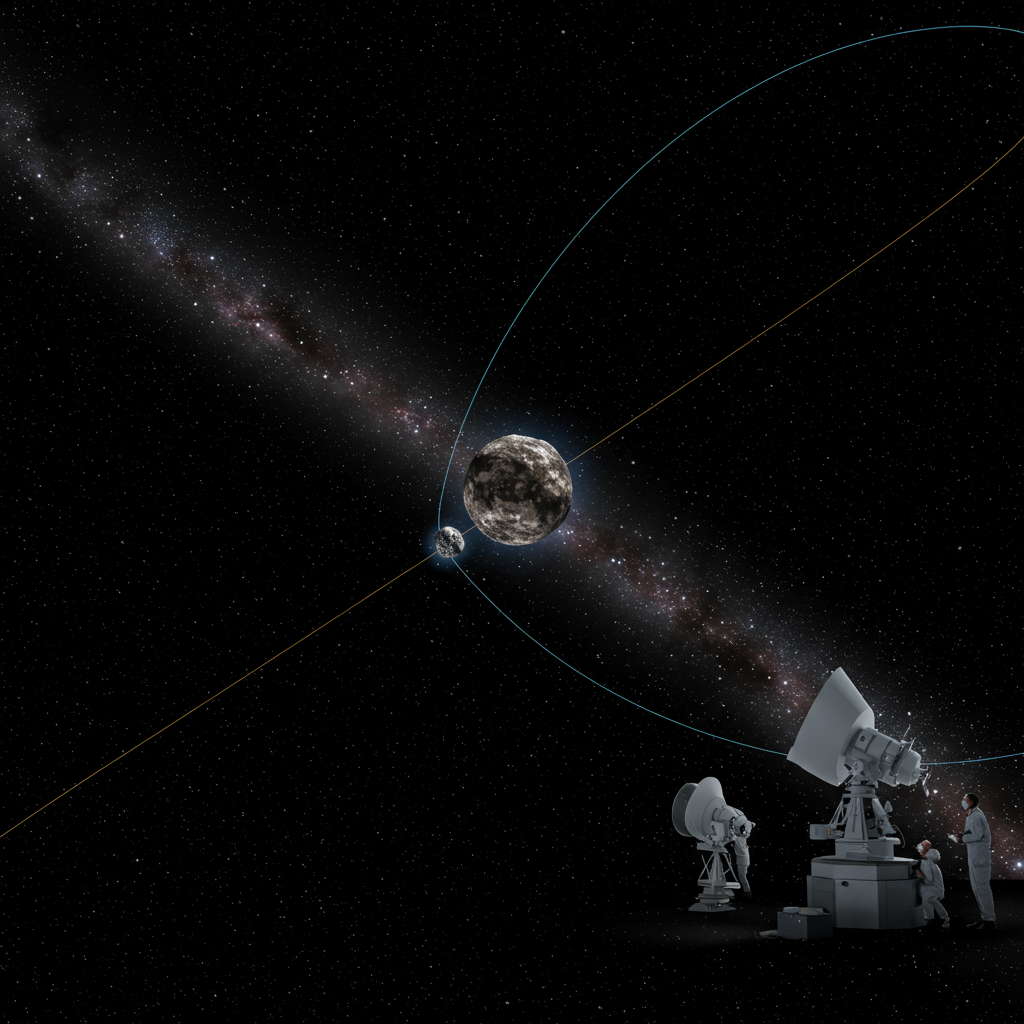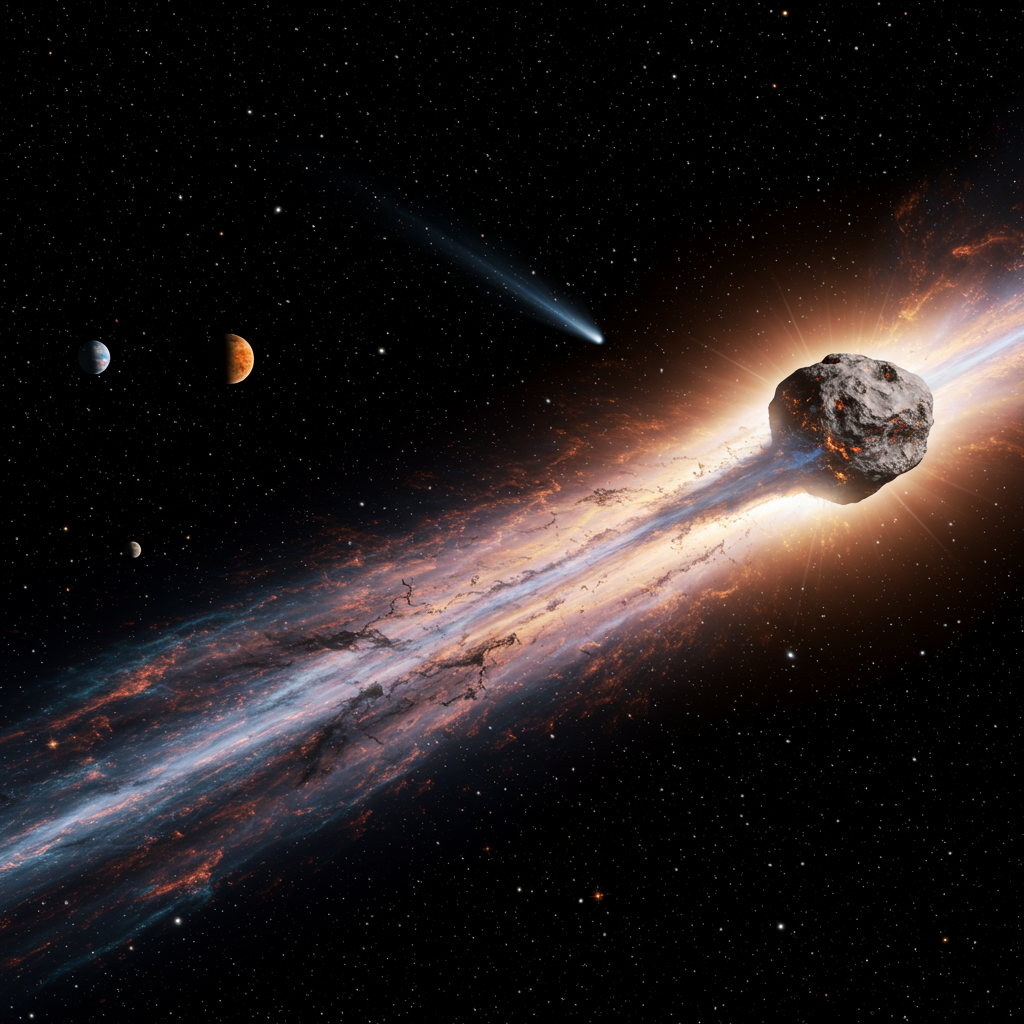Get ready to look up, Vermont! The magical Northern Lights, also known as the Aurora Borealis, may be visible over parts of the Green Mountain State this week, offering a chance to witness one of nature’s most spectacular light shows.
The increased potential for visibility is linked to heightened activity in space. A moderate geomagnetic storm is currently influencing Earth’s magnetic field, creating the conditions necessary for the aurora to appear at lower latitudes than usual.
Understanding the Aurora: Why the Lights Appear
The Northern Lights are a breathtaking celestial phenomenon caused by the interaction of charged particles from the sun with gases in Earth’s upper atmosphere. When these particles collide with oxygen and nitrogen molecules, they excite them, causing them to release energy in the form of light. The color of the aurora, typically shimmering greens, reds, or purples, depends on the type of gas particles involved and the altitude at which the collisions occur.
Earth’s magnetic field acts as a shield, guiding most of these solar particles towards the poles. This is why auroras are typically seen in high-latitude regions like Canada, Alaska, and Scandinavia. However, during periods of increased solar activity, geomagnetic storms can be strong enough to push the aurora oval further south, bringing the possibility of sightings to states like Vermont.
The Sun’s Influence: Solar Maximum is Here
A key factor contributing to more frequent and potentially brighter aurora displays lately is the sun’s current state. Our sun is nearing the peak of its 11-year cycle, known as the solar maximum, which is expected between late 2024 and early 2026. During this time, the sun’s magnetic field becomes highly active, leading to more sunspots, solar flares, and coronal mass ejections (CMEs). CMEs are giant bursts of plasma and charged particles that erupt from the sun’s surface. When a CME is directed towards Earth, it can trigger significant geomagnetic storms, enhancing the aurora and extending its visibility southwards.
The current forecast mentions a “recurrent, negative polarity coronal hole high speed stream influence,” which is another type of solar wind activity that can stir up geomagnetic storms and lead to aurora displays.
Vermont’s Aurora Forecast This Week
Based on current forecasts, including predictions from the National Oceanic and Atmospheric Administration’s (NOAA) Space Weather Prediction Center, northern Vermont is in the potential viewing zone for the Northern Lights both tonight and tomorrow night, likely June 25th and 26th. While states further west in the northern Midwest might have a slightly higher probability, it’s certainly not out of the question for Vermont skywatchers.
This moderate geomagnetic storm activity suggests the aurora could potentially be visible as far south as New York, Wisconsin, and Washington state during the peak of the storm. Neighboring northern New England states like New Hampshire and Maine are also in the forecasted view line.
When and How to Spot the Aurora
Timing and location are crucial for maximizing your chances of seeing the Northern Lights.
Best Time: The aurora is typically most visible between 10 p.m. and 2 a.m. local time. Activity often peaks within an hour or two of midnight during this window.
Location, Location, Location: Dark skies are essential. Get as far away from city lights and light pollution as possible. Head to an open field, hilltop, or a local conservation area or park that keeps lighting off at night. Coastlines away from larger urban areas can also offer dark, open views.
Check the Weather: Unfortunately, weather is a major wildcard. Overcast or heavily cloudy skies will block your view entirely. AccuWeather forecasts for Vermont this week include partly cloudy conditions early on and potentially overcast skies later, which could make viewing challenging. Keep an eye on the local forecast for clear patches.
Look North: Face towards the northern horizon to catch the display.
Even if the aurora isn’t vibrant to the naked eye, sometimes a modern smartphone camera in night mode can pick up the colors that are fainter to human vision.
Stay Informed
Predicting aurora visibility precisely is challenging, with forecasts often refined only a day or even hours in advance. To stay updated on solar activity and aurora forecasts, monitor resources from organizations like NOAA’s Space Weather Prediction Center, Space.com’s aurora forecast page, Aurora Reach, and Aurora Alerts.
With the sun currently in an active phase, this week could offer a fantastic opportunity for Vermonters to witness the captivating dance of the Northern Lights. If the weather cooperates and you can find a dark sky location, it’s well worth stepping outside and looking up!




